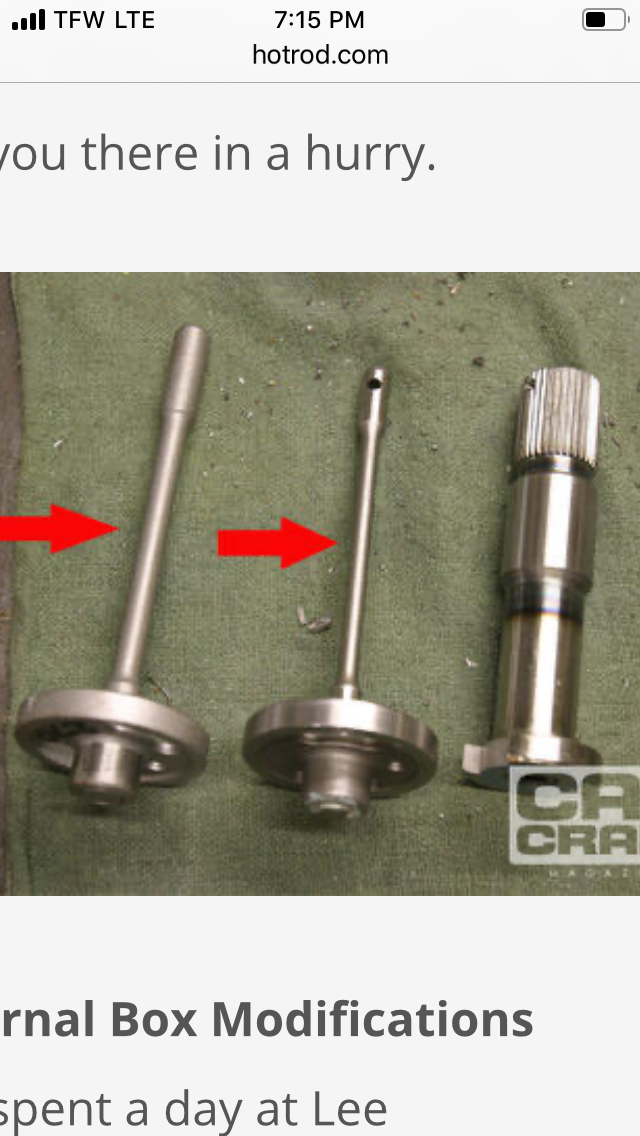- Joined
- Apr 8, 2015
- Messages
- 527
- Reaction score
- 72
- Location
- Upstate NY
- My Car
- 71 Mach 1, 351c 4v, C6 trans, grabber blue with white interior
As part of added improvements to my 71, I wanted to address the loose steering by replacing rag joint and doing something with the steering box.
I dont want to get into rebuilding it myself so i'm doing internet searches both to educate myself and see whats available. Of course, as a result of all this I have some questions i hope someone with more experience than me can answer.
I have an SPA-T variable ratio box in the car and I'm trying to decide between buying a rebuilt/remanufactured or sending mine in to get rebuilt.
For example, CarSteering.com has the SPA-T as well as a quick ratio 2.5 turns LTL that can be bought and my core sent in.
Powersteering.com will rebuild a sent in box and can also upgrade to a quick ratio.
Is there one advantage over the other... buying existing and returning core or rebuilding original?
Is it worth getting the quicker ratio over variable ratio?
I can understand replacing seals etc as part of a rebuild but what happens if gears are physically worn down i.e. sector shaft ? Are these even replaceable. especially a variable ratio one or would the internals be replaced with something totally different?
Sorry for all the questions but hopefully someone thats been thru this can educate me!
thanks!
I dont want to get into rebuilding it myself so i'm doing internet searches both to educate myself and see whats available. Of course, as a result of all this I have some questions i hope someone with more experience than me can answer.
I have an SPA-T variable ratio box in the car and I'm trying to decide between buying a rebuilt/remanufactured or sending mine in to get rebuilt.
For example, CarSteering.com has the SPA-T as well as a quick ratio 2.5 turns LTL that can be bought and my core sent in.
Powersteering.com will rebuild a sent in box and can also upgrade to a quick ratio.
Is there one advantage over the other... buying existing and returning core or rebuilding original?
Is it worth getting the quicker ratio over variable ratio?
I can understand replacing seals etc as part of a rebuild but what happens if gears are physically worn down i.e. sector shaft ? Are these even replaceable. especially a variable ratio one or would the internals be replaced with something totally different?
Sorry for all the questions but hopefully someone thats been thru this can educate me!
thanks!





















































